Does Leaving Car Lights on Auto Drain Battery – The Truth Revealed!
In my experience, automatic headlights haven’t significantly drained my battery. However, I did notice issues during a cold winter with an aging battery, which highlighted that battery health and frequent short trips were bigger factors. Regular maintenance and timely battery replacement have kept things running smoothly.
Introduction:
Automatic headlights have become a standard feature in most modern vehicles, offering drivers an additional layer of convenience. But convenience often comes with questions.
One such concern that many drivers ponder is whether leaving their car lights on auto drains the battery. While the auto setting can simplify life by removing the need to manually control the headlights, it introduces uncertainty: does this feature come at the cost of battery life?
For the modern vehicle owner, understanding how auto lights work and their potential impact on battery performance is crucial. A drained battery can lead to an unexpected inconvenience, stranding you in less-than-ideal situations.
Knowing whether automatic headlights play a role in this and how to mitigate potential issues can save time, money, and headaches.
How Automatic Headlights Work:
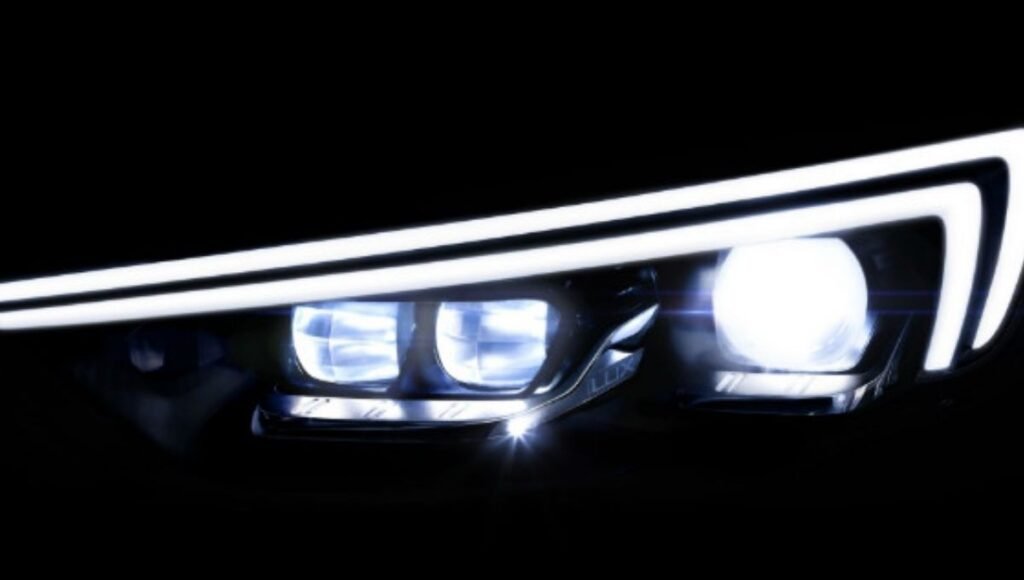
The evolution of headlight technology:
Headlights have come a long way since the early days of automobiles. Originally, drivers had to manually switch their lights on and off, which, although simple, led to occasional forgetfulness and potentially hazardous situations.
Enter the automatic headlight—a feature designed to address this problem. With automatic lights, a vehicle’s lighting system can now independently manage itself, adapting to ambient light conditions to ensure optimal visibility for the driver.
Sensors and control systems:
Automatic headlights are powered by a series of sensors, usually mounted on the dashboard or windshield, that detect the surrounding light levels.
When these sensors detect low-light conditions, such as at dusk or when driving through a tunnel, they send signals to the car’s control unit to activate the headlights.
Once the sensors detect that the light levels have risen, such as at dawn or when exiting a tunnel, the system will automatically turn the lights off, conserving energy.
How the auto setting interacts with your vehicle’s electrical system:
When the headlights are on auto, they interact with your car’s electrical system in a seamless way. The system draws power from the battery, as any electrical component would, but it’s programmed to use only the minimal necessary amount of energy.
Additionally, the automatic setting is designed to shut off completely once the engine is turned off, preventing any prolonged use that could drain the battery while the car is not in motion.
read also: Can I Use a Car Battery in My Travel Trailer – Find Out!
Can Auto Lights Really Drain Your Battery?
Myth or reality? The debate around auto lights and battery life
It’s a common worry: that leaving your car lights on auto might drain your battery over time. For most drivers, however, this concern is largely unfounded.
Automatic headlights are engineered to be efficient and smart, turning on only when needed and shutting off when appropriate.
So, in normal functioning, they should not be a significant cause of battery drain. However, malfunctions or unique situations can complicate this general rule.
Exploring typical scenarios:
Auto lights are programmed to activate in low-light scenarios—during nighttime, foggy conditions, or while passing through dimly lit areas.
While this is ideal for safety, problems may arise if the sensors are overly sensitive or malfunction. If the sensors fail to detect increasing daylight, they may keep the lights on unnecessarily, which could lead to energy depletion over time.
In rare cases, this can contribute to battery drain, especially in vehicles with older or compromised electrical systems.
Differences between modern and older car models in terms of battery efficiency:
The efficiency of auto lights in relation to battery usage varies between modern and older car models. Modern cars are designed with more advanced and energy-efficient systems, making the likelihood of battery drain much lower.
These vehicles often include safeguards to ensure that the lights don’t stay on longer than necessary. On the other hand, older vehicles with auto light settings may not be as refined, and this can result in more significant battery strain over time, particularly if other electrical components are also aging.
The Role of Battery Health and Vehicle Age:
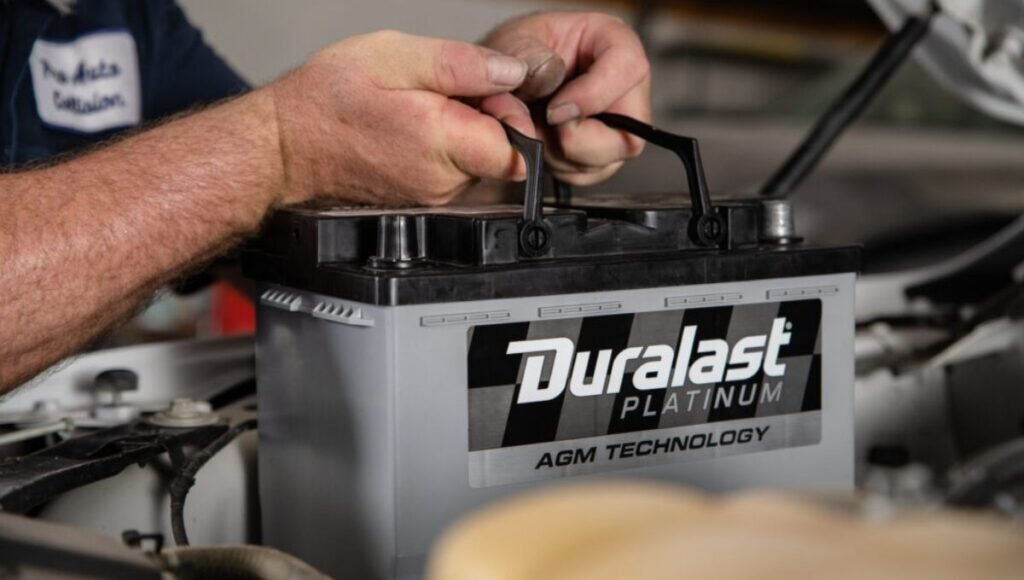
How an aging battery can influence auto light performance:
The condition of your battery plays a significant role in how well your vehicle can handle automatic lights. An aging battery is more prone to losing charge, and its ability to maintain power for extended periods diminishes over time.
In this scenario, even the small, intermittent use of auto lights could become more burdensome than in a newer, healthier battery, especially if the car is frequently started and stopped in short intervals.
The impact of frequent short trips on battery life when using auto lights:
Short, frequent trips are notorious for reducing battery life. This is because starting the car requires a significant amount of energy, and during short trips, the alternator doesn’t have enough time to recharge the battery fully.
With automatic headlights turning on every time the engine is started, these repeated cycles can contribute to gradual wear and tear on both the battery and the lighting system.
When to consider replacing your battery based on usage and age:
Knowing when to replace your battery is essential for maintaining a vehicle’s overall performance. As a rule of thumb, most car batteries last between three to five years, depending on driving conditions, usage patterns, and climate.
If you notice that your headlights (automatic or manual) are dimming or your vehicle struggles to start, it might be time to have your battery inspected. Regular checks can help ensure that your auto light system isn’t placing unnecessary strain on an already weakening battery.
read also: Does Leaving Car Unlocked Drain Battery – What You Need to Know!
External Factors That Contribute to Battery Drain:
Weather conditions:
Extreme temperatures, whether hot or cold, can affect the performance of your vehicle’s battery. Cold weather, in particular, reduces a battery’s ability to hold a charge.
This, coupled with auto lights that activate during shorter daylight hours, can lead to a situation where your battery is put under additional strain. Hot climates, on the other hand, can cause the battery’s internal fluids to evaporate more quickly, reducing its lifespan and making it more susceptible to drain, even from minor electrical uses like automatic lights.
Environmental lighting:
The environment you drive in can also impact how often your auto lights are triggered. In rural areas, where there are fewer streetlights and other artificial sources of light, your headlights may activate more frequently, staying on for longer periods.
Conversely, in urban environments with abundant lighting, your sensors may switch the lights off more frequently, saving energy. However, light pollution or inconsistent lighting conditions could confuse the sensors, leading to unexpected battery drain.
Sensor malfunctions:
A malfunction in your vehicle’s sensors can have a noticeable effect on your battery. If the sensor fails, it could keep the lights on even when they’re not necessary, leading to slow but steady battery drain.
Additionally, wiring issues or sensor miscalibration may cause the system to malfunction, activating the lights sporadically or failing to turn them off entirely after the engine shuts down. Regular diagnostics can help catch these issues early.
Preventing Battery Drain from Auto Lights:
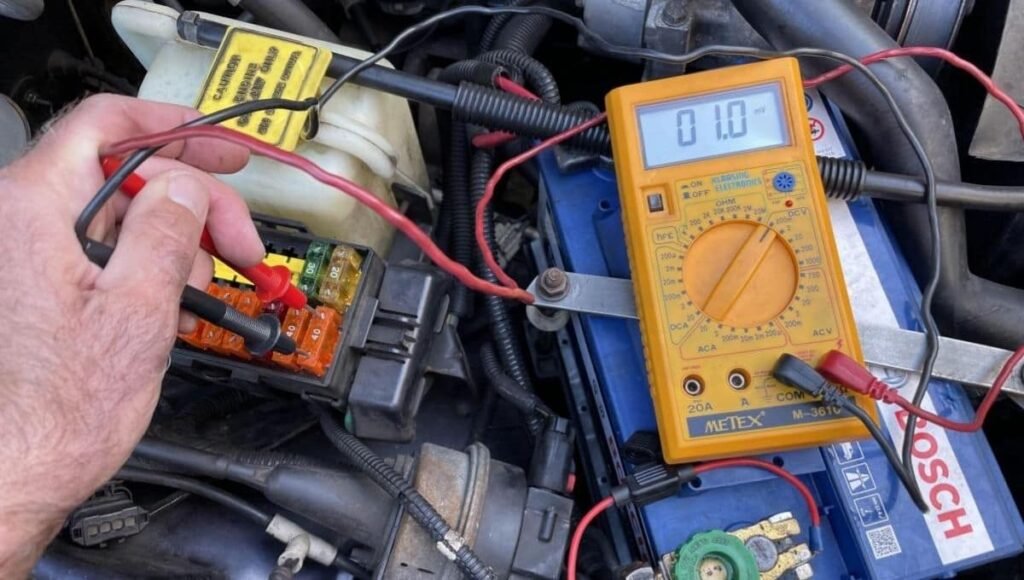
Regular vehicle maintenance:
Routine vehicle maintenance is one of the simplest and most effective ways to prevent auto lights from draining your battery.
Regularly inspecting your sensors, checking for electrical system faults, and ensuring your battery is in optimal condition will keep your car’s automatic features running smoothly.
Regular diagnostics on the lighting system and addressing any electrical concerns early can save your battery from unnecessary strain.
Using manual mode in specific situations to avoid overuse of auto lights:
In certain situations—such as when you know you’ll be parked for an extended time or driving in well-lit urban areas—it may be wise to switch your headlights from auto to manual mode.
This simple adjustment can prevent the lights from activating unnecessarily, reducing the overall burden on your battery.
Monitoring battery voltage:
Monitoring your vehicle’s battery voltage is a straightforward way to detect potential issues. A healthy car battery should typically read between 12.4 and 12.7 volts when fully charged.
Anything below this could indicate that something, including your auto lights, is draining the battery. If your vehicle is experiencing a consistent voltage drop, it may be time to seek professional assistance to identify the root cause before it leads to a complete failure.
read also: Can a Bad Battery Cause Surging – The Hidden Danger!
FAQ’s
1. Do automatic headlights drain the battery?
Automatic headlights generally do not significantly drain the battery. They are designed to use minimal power and turn off when the engine is off. Issues may arise if sensors malfunction or if the battery is already weak.
2. How do automatic headlights work?
Automatic headlights use sensors to detect ambient light levels and adjust the headlights accordingly. They turn on in low-light conditions and off when adequate light is detected, aiming to conserve energy.
3. Can old batteries affect auto lights?
Yes, older batteries can struggle with additional power demands, including those from automatic headlights. An aging battery might not handle even minimal use efficiently, leading to quicker drainage.
4. How do weather conditions impact battery life with auto lights?
Extreme temperatures can affect battery performance. Cold weather can reduce a battery’s charge-holding capacity, while hot weather can lead to quicker fluid evaporation, both potentially increasing battery drain.
5. What should I do if my auto headlights are draining the battery?
Ensure regular vehicle maintenance, check and replace aging batteries, and inspect sensors for malfunctions. Switching to manual mode in certain conditions can also help reduce unnecessary battery drain.
Conclusion:
Automatic headlights are designed to be efficient and generally do not drain the battery significantly. However, issues can arise with old batteries, extreme weather, or faulty sensors. Regular vehicle maintenance and mindful usage can help ensure that auto lights don’t contribute to battery drain. Keeping your car’s electrical system in good shape is key to avoiding unnecessary battery strain.
Read Also:
Why Is My Car Jerking After a Battery Change – Comprehensive Guide!
Does Leaving Car Window Open Drain Battery – Find Out Now!
Replaced Alternator and Battery But Car Still Dies – Troubleshooting Guide!
Can I Jump an RV Battery with My Car – Key Facts You Need!
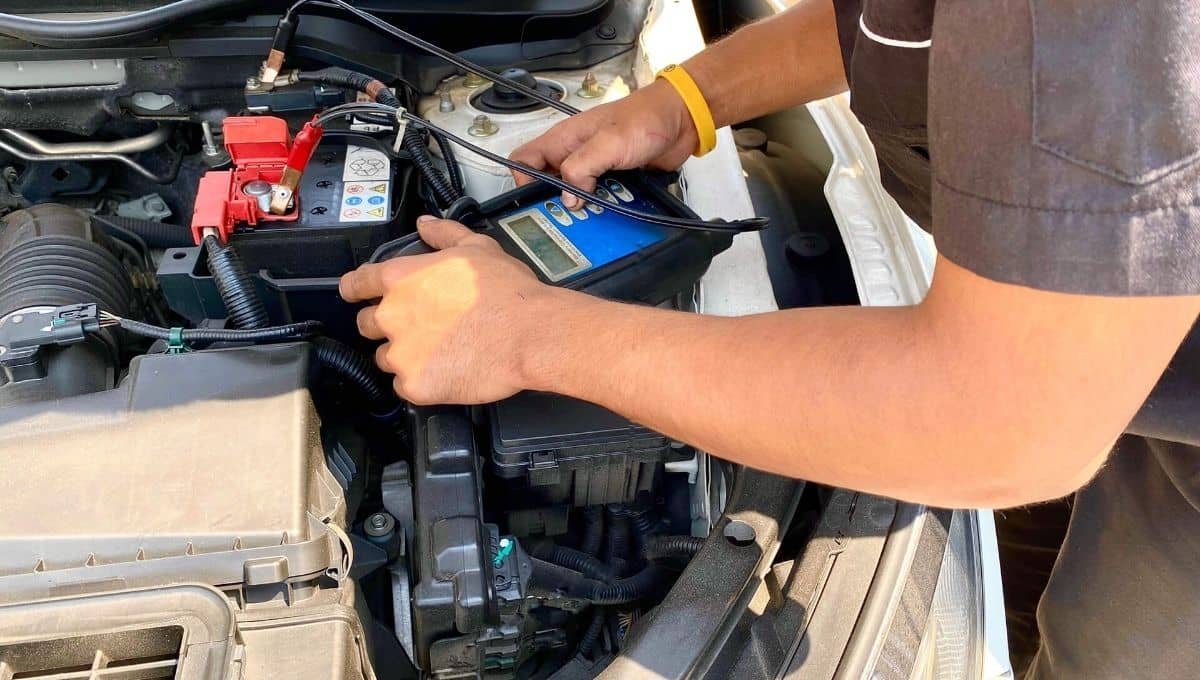

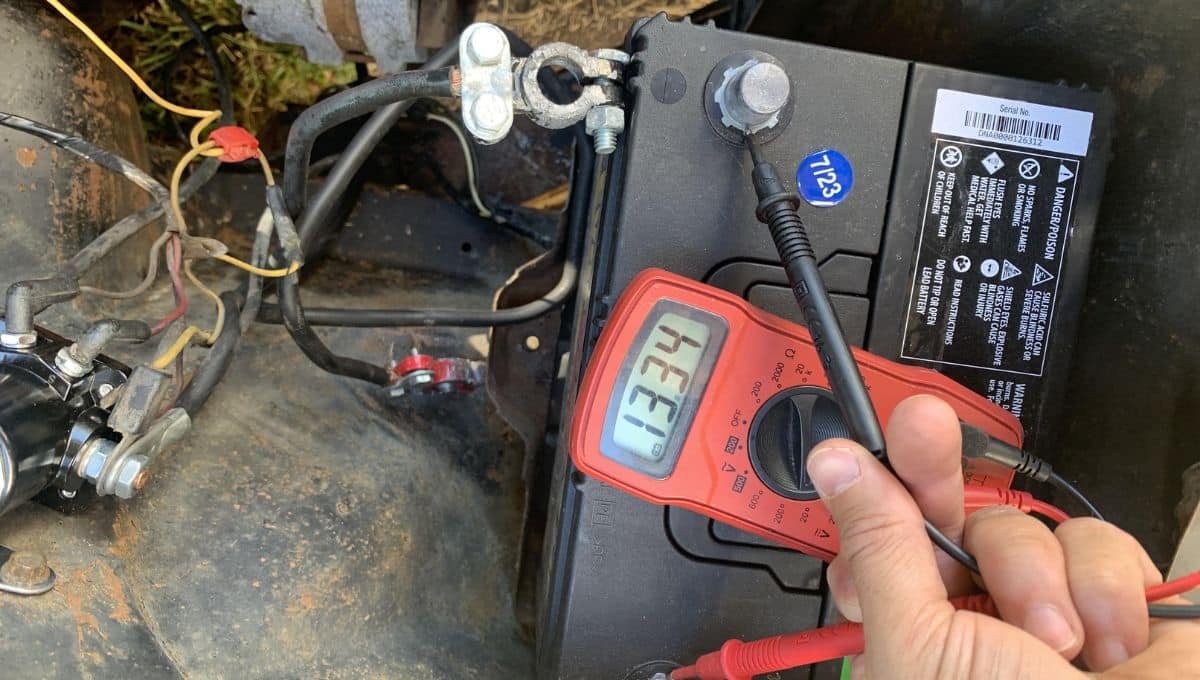
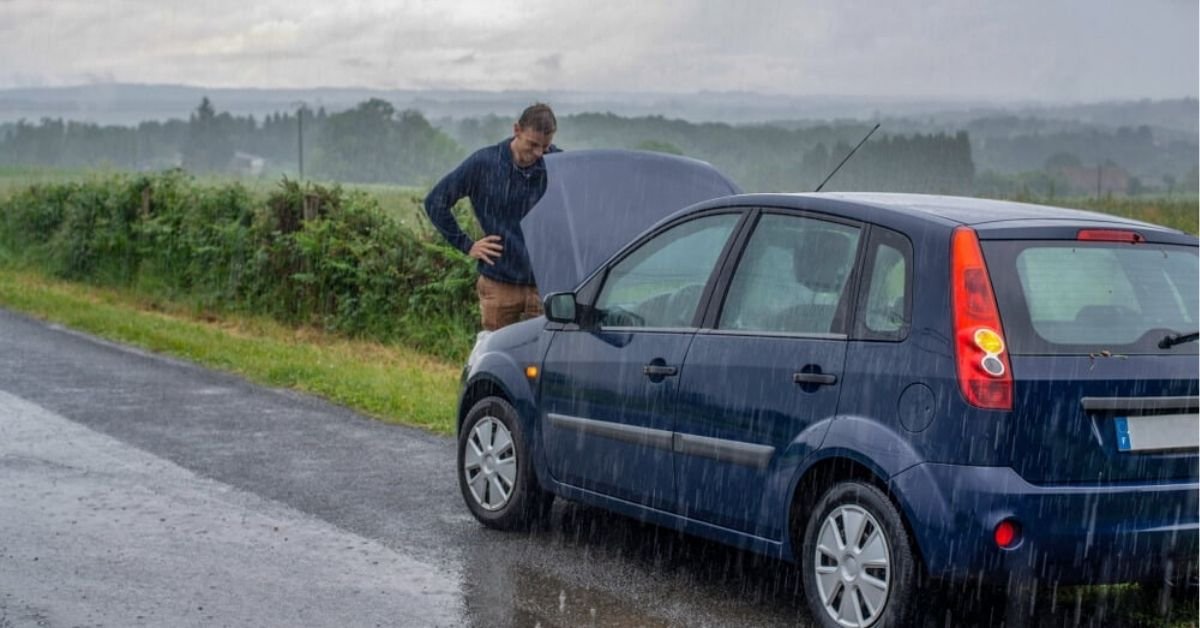

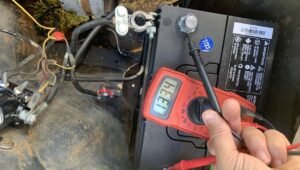

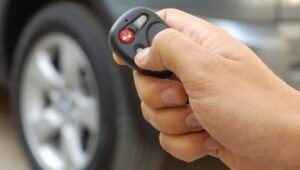


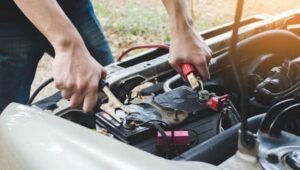
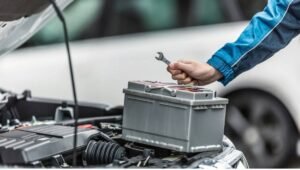
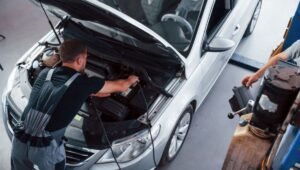
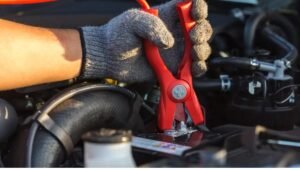
Post Comment